Introduction
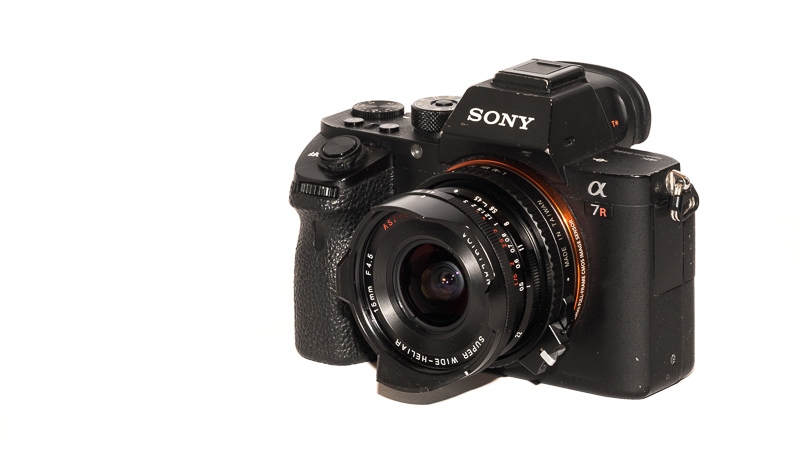
While Cosina has updated the Voigtlander 15mm 4.5 to a 3rd generation (which even comes as native E-mount lens), the second version still cannot be beaten in terms of size.
Is this lens still a good choice on a digital camera or should you stick to the bigger and more expensive Mk. III version?
Lens is being tested on 42mp Sony A7rII and 24mp Leica M10
Sample Images

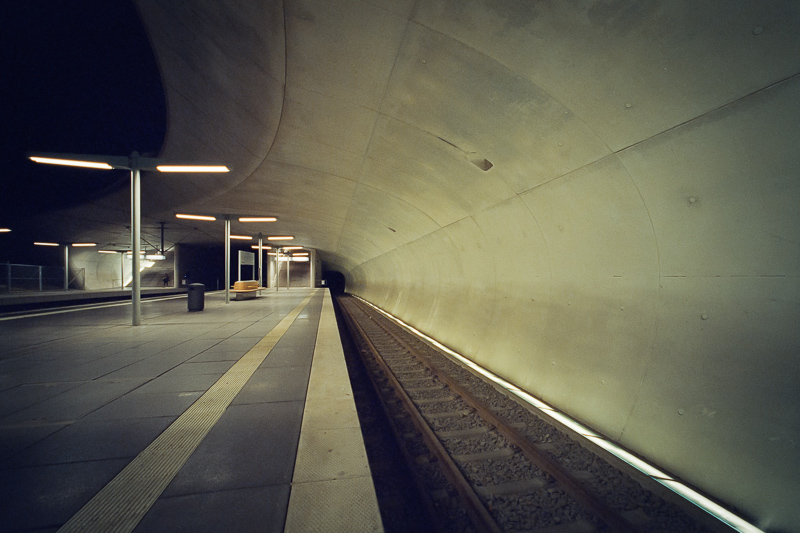

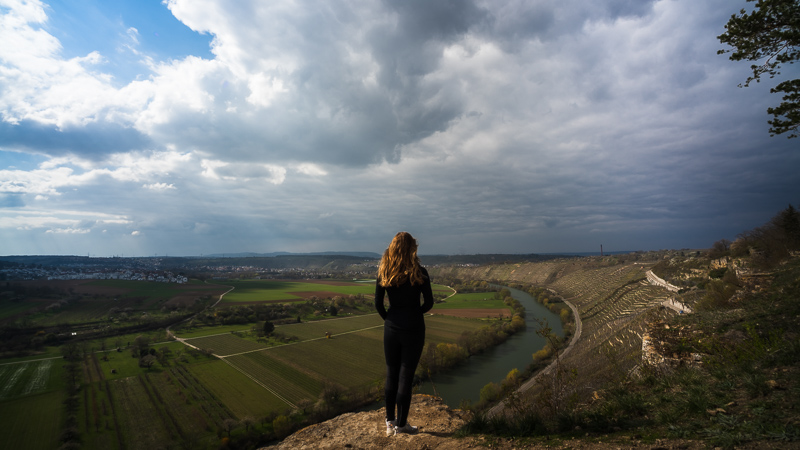
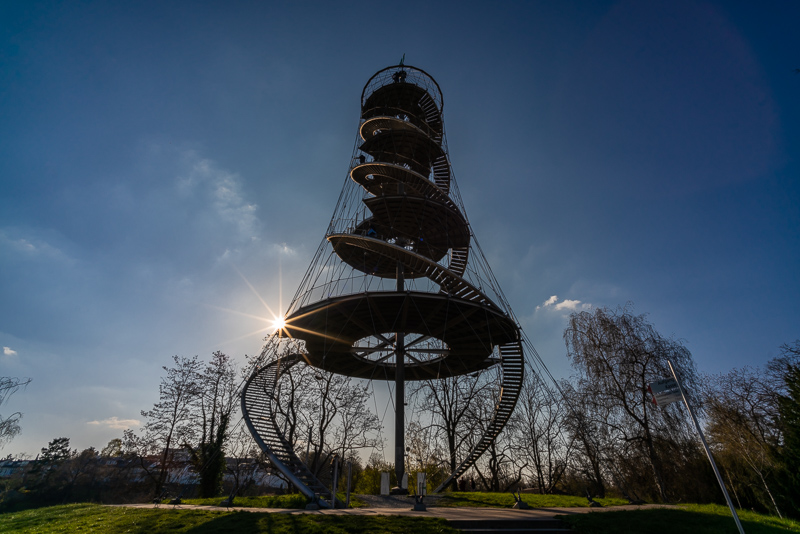
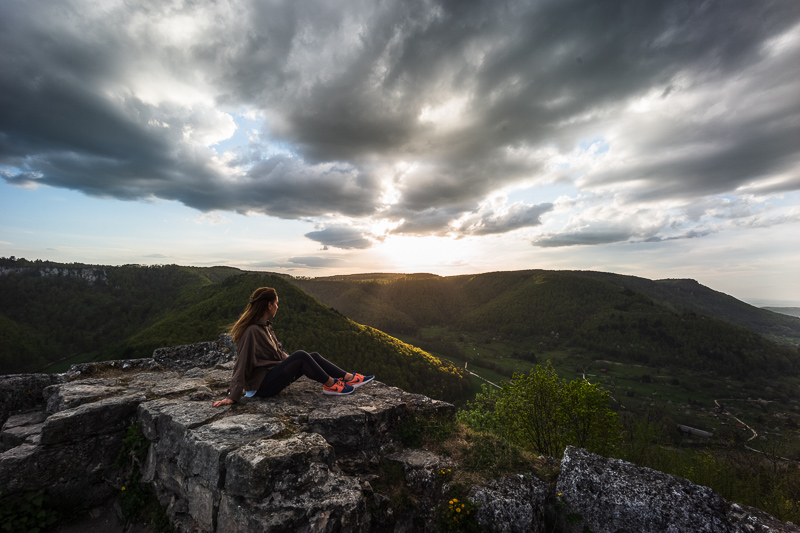
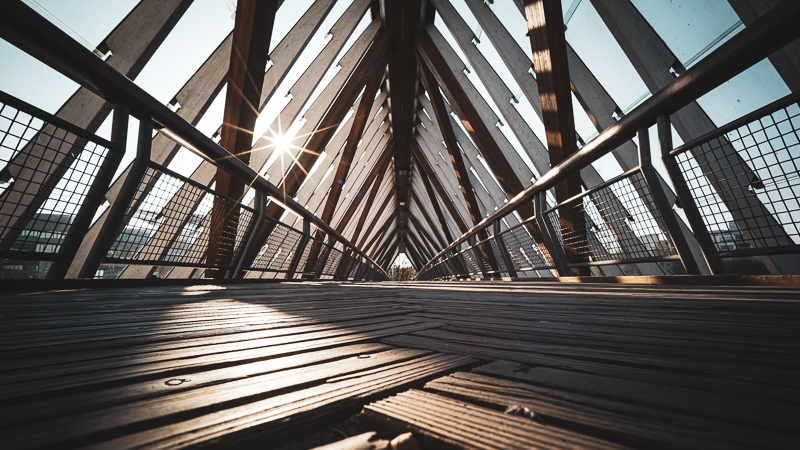
Most of the sample images in this review can be found in full resolution here.
Contents
Specifications / Version History
So far there have been 4 different versions of this lens:
- Voigtlander 15mm 4.5 Super-Wide-Heliar
M39 (no rangefinder couling), no filter thread, MFD 0.3m, tiny with tiny built in hood, 8/6 design - Voigtlander VM 15mm 4.5 Super-Wide-Heliar II
M-mount (rangefinder couling), 52mm filter thread, MFD 0.5m, tiny with bigger built in hood, 8/6 design (unchanged from MK I) - Voigtlander VM 15mm 4.5 Super-Wide-Heliar III
M-mount (rangefinder coupling), 58mm filter thread, MFD 0.5m, small with built in hood, 11/9 design - Voigtlander 15mm 4.5 Super-Wide-Heliar E III
E-mount, 58mm filter thread, MFD 0.3m, small with built in hood, 11/9 design (unchanged from M-mount MK III version)
With the MK III the optical design has been updated to account for digital sensors with a filter stack in front of the sensor, unfortunately this also had influence on the size of the lens, which increased noticeably. Therefore, after I have already reviewed the MK III version in E-mount, I now have a look at the MK II version which has the following specifications:
-
- Diameter: 58mm
- Field of view: 110° (diagonally)
- Length: 38mm (+adapter)
- Weight: 155g (+adapter, without caps)
- Filter Diameter: 52mm
- Number of Aperture Blades: 10 (straight)
- Elements/Groups: 8/6
- Close Focusing Distance: 0.5 m
- Maximum Magnification: 1:30 (measured)
- Mount: Leica-M
This lens has been discontinued with the arrival of MK III and therefore can only be found used e.g. on ebay.com/ebay.de for about $400 (affiliate links)
Handling / Build Quality
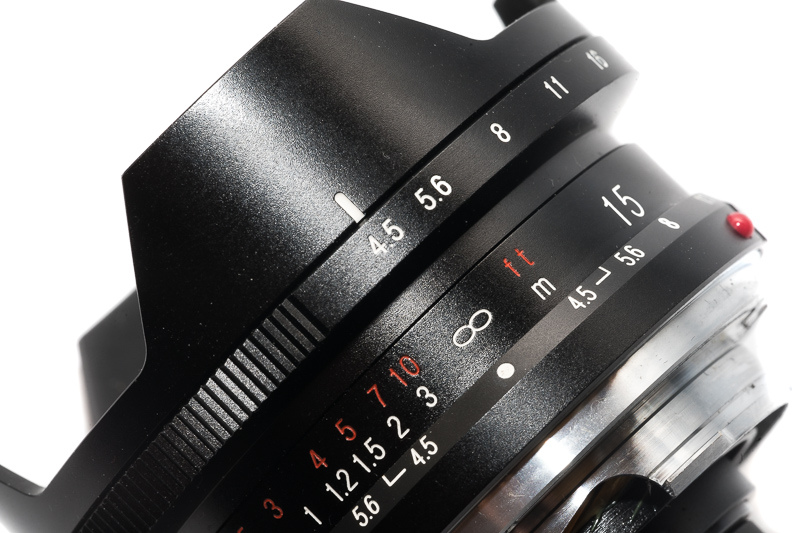
The Voigtlander VM 15mm 4.5 SWH II is a really tiny lens. It only consists of focus ring (with focus tab), aperture ring and the built in lens hood. The lens looks and feels like it is an all metal construction, all the markings are engravend and filled with paint and there even is a red dot to be found like on the Leica lenses.
The focus ring has perfect resistance and travels exactly 90° from the minimum focus distance (0.5 m) to infinity.
The aperture ring has equidistant half-a-stop click stops and travels ~80° from f/4.5 to f/22.
Unlike on the previous M39 version there is also a rangefinder coupling, but keep in mind that you will need an external finder to make proper use of this on a Leica rangefinder camera.

I only wish the lens hood was removable, as it would make the lens even smaller and would further allow the usage of a small filter system. Therefore I had the hood cut off by 360pano.de who did a great job at this.
Vignetting
light falloff
Because of the non removable hood we cannot get decent values on light fall off with our usual method. As we have seen in the past with these small wide lenses there also isn’t much improvement on stopping down.
Wide open you get roughly 3.8 EV light falloff in the corners of the A7rII sensor.
On the M10 the light fall off is not symmetrical, on the left side of the frame we have 3.0 EV light falloff while on the right side we have 3.5 EV.
Also have a look at the following comparison to get a better understanding of the differences between these two sensor designs and the asymmetrical M10 output.
color cast
Sensor design makes a big difference here. On the A7rII we have a bit of a green color cast in all the 4 corners, which is what we have often seen in the past with other wide lenses as well.
On the M10 the situation is very different: the left side of the frame shows no noticeable color cast while the right side of the frame shows strong magenta color cast and also 0.8 EV higher vignetting figures.
You can check out my article How to: Correcting Color Cast in Lightroom where I explain different methods to fix this. Also have a look at the Distortion section where I show an image with/without color cast corrections.
Sharpness
infinity (42mp Sony A7rII)

The Voigtlander VM 15mm 4.5 SWH II clearly suffers from the Sony’s thick filter stack as it shows a high amount of field curvature.
While the center shows high resolution and contrast already at the maximum aperture the midframe needs f/8.0 to f/11 to catch up.
The corners never look amazing when you focus on the center and also have their sweet spot around f/8.0 to f/11 then.
You can get slightly better corners at f/4.5 when you focus on them at the cost of center performance, have a look at the Coma section.
Let us see in the next section how the lens performs on a camera with a thinner filter stack.
infinity (24mp Leica M10)

Performance on the Leica M10 with its thinner filter stack is significantly better despite a lower resolution sensor.
The midframe shows a very similar performance to the center and the corners look better at f/4.5 than they ever do on the Sony camera.
Corners don’t show as good a performance as some of the bigger highly corrected ultra wide angle lenses available today (see alternatives section) but for most applications they will be more than sufficient.
Peak performance across frame is reached around f/8.0, but it is not that big a difference compared to wider apertures, so if the circumstances demand it, I wouldn’t hesitate using the lens at maximum aperture on the Leica camera.
close (0.50m, 1:30)
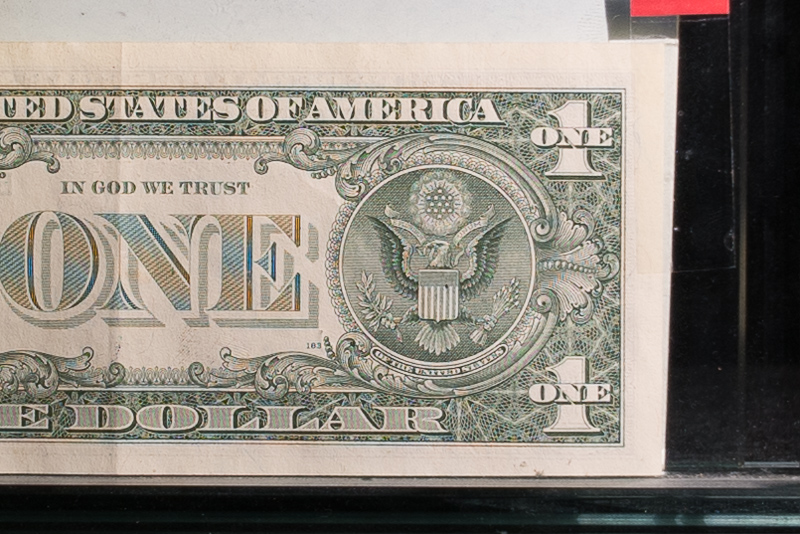
A minimum focus distance of 0.5 m is all but amazing for a 15mm lens. Performance is good in the center, but all the 15mm lenses I have tried so far – except for the Laowa 15mm 4.0 macro – show significant field curvature at close distances.
Flare resistance

As always evaluating flare is a complex matter since you can get any lens to look bad if you push it hard enough and a slight change of scenario can affect results a lot.
The Voigtlander VM 15mm 4.5 SWH II compares favorably to many ultra wide angle lenses with bulbous front elements, yet some of the latest lenses show a better performance.
The contrast stays on a reasonably high level with the sun in or close to the frame, but ghosts can be quite big and noticeable. This is the worst result I managed to produce:
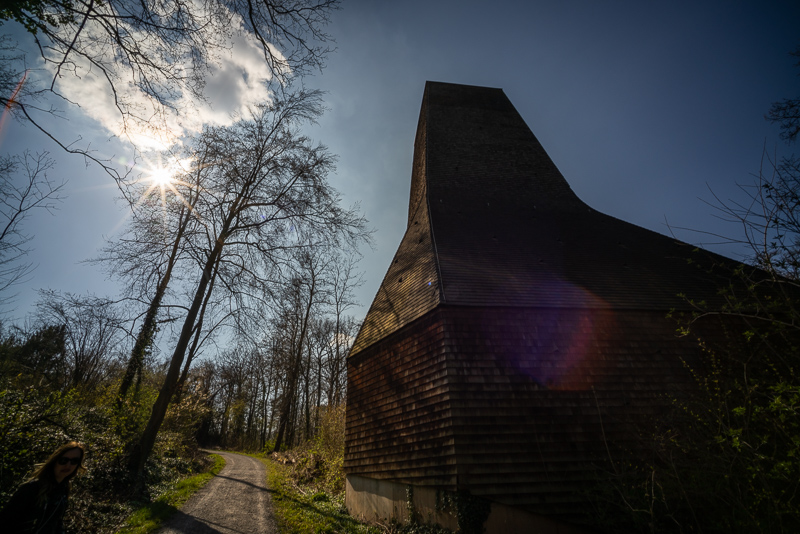
In many of the sample pictures at the beginning and end of this review the sun is in the frame with no problems at all, but if you have lots of dark parts in your frame it is likely you will also find a more or less obstrusive ghost somewhere if you look close enough:
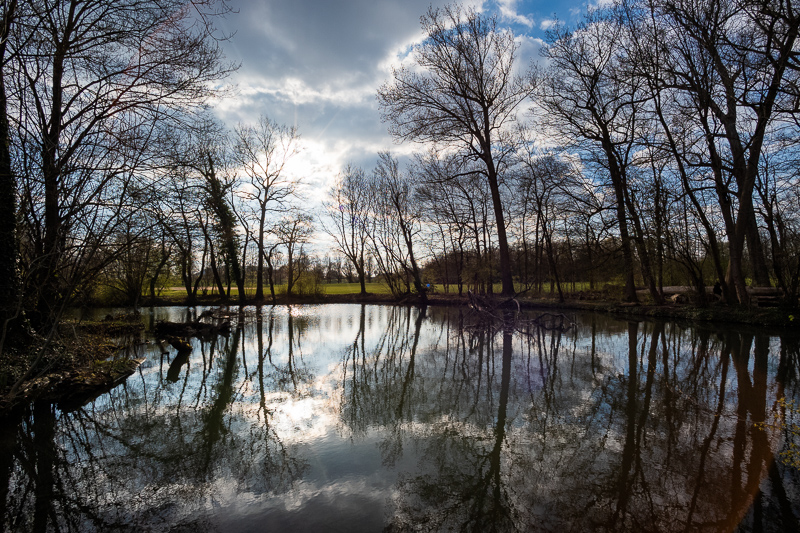
Coma
100% crops from extreme corner, focused on corner
The parameters do not necessarily make the Voigtlander VM 15mm 4.5 SWH II an obvious choice for astro photography in the first place.
Coma performance is okay, best stop down a bit when you are shooting cityscapes.
Distortion
Sony A7rII | Voigtländer VM 15mm 4.5 II | f/8.0
The lens shows only minor yet slightly wavy distortion. There is a profile in Lightroom to correct this which does a reasonably good job.
I also added a shot where I used gradients to correct for the green color cast and the light falloff.
Sunstars
Slight crops from center, A7rII
The Voigtlander VM 15mm 4.5 SWH II already uses the 10 blade aperture diaphragm that leads to well defined pointed sunstars from f/5.6 to f/16. If you want to learn more about this topic have a look at this article.
Bokeh
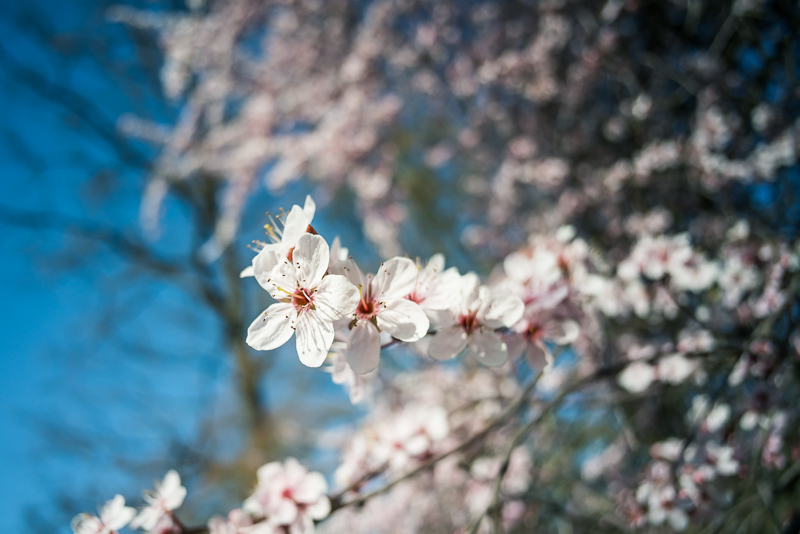
Bokeh is not really a strength of this lens. I had to use a close focus adapter to be able to focus close enough to show you some of that busy bokeh.
If you really want a 15mm macro lens have a look at this one.
Chromatic Aberrations
lateral
100% crops from extreme corner, Leica M10
Not too uncommon for ultra wide angle lenses the Voigtlander VM 15mm 4.5 SWH II shows a noticeable amount of lateral CA. These are still easily corrected either in camera (for Jpegs) or in a raw developer like Lightroom by one click.
longitudinal
As this is a very wide and rather slow lens longitudinal CA (loCA) are nothing to worry about.
Alternatives
If you are looking at a review of the smallest 15mm ultra wide angle lens and you got this far I doubt the comparably huge AF zooms are an alternative to you, but you can still have a look at our Guide to Ultra Wide Angle Lenses for the A7 Series to learn more about these options.
Voigtlander 15mm 4.5 SWH (M39):
If you don’t care about the 52mm filter thread or the rangefinder coupling you can get the same optical qualities for a little less money in the form of the Mk I version.
buy from ebay.com | ebay.de (affiliate links) for $300 (used)
Voigtlander 15mm 4.5 SWH III:
The most obvious alternative is the newer Mk III version. You gain better corner performance and EXIF data on the Sony cameras, less color cast issues on the Leica cameras and maybe slightly better flare resistance.
If you don’t mind the bigger size this is cearly the better choice to be used with a digital camera.
buy from CameraQuest | amazon.com | amazon.de | B&H | ebay.com | ebay.de (affiliate links) for $799
Laowa 15mm 2.0 Zero-D FE:
If you want a significantly faster lens that also works for astro photography and focuses much closer while still staying compact you should be having a look at this one.
buy from manufacturer’s online shop | amazon.com | B&H | amazon.de (affiliate links) for $849
Samyang 14mm 2.8 MF:
Faster, better corner performance, a bit cheaper, worse build quality, better coma correction, worse flare resistance, hilarious distortion, way bigger and no filter thread. There are also sample variation issues with this lens, I have had six of these lenses mounted to my camera, and four of them were badly decentered (3 of them new from store).
buy from ebay | Amazon.com | Amazon.de
(affiliate links) for $250
Laowa 10-18mm 4.5-5.6 C-Dreamer FE:
If you value flexibility and compact size over image quality and you don’t know yet what focal length is the right one for you this may be worth a look.
buy from manfucaturer’s homepage | amazon.com | B&H (affiliate links) for $849
Conclusion
good
|
average
|
not good
|
As a Sony user
While the Voigtlander VM 15mm 4.5 SWH II itself is very small the M-to-E-adapter almost doubles its size. Therefore the lens does not look and feel as tiny on the Sony cameras and I would personally prefer the slightly bigger MK III version here, which is clearly a better performer and nicer to use on a Sony.
As a Leica user:

The thinner filter stack of the Leica M10 really makes this lens shine. While there are still color cast issues, the corner sharpness is significantly better and the lens is certainly usable at the maximum aperture across the whole frame.
It is actually so good, I see little reason to go for the bigger and more expensive MK III version, unless you don’t want to bother with correcting the color cast in post processing.

Unfortunately the lens hood is not detachable, so I had to send it in to have it professionally removed. This turns the Voigtlander into a real pancake lens and makes using filters much easier (and actually possible, when it comes to square filters).
This lens has been discontinued with the arrival of MK III and therefore can only be found used e.g. on ebay.com/ebay.de for about $400 (affiliate links)
Further Sample Images

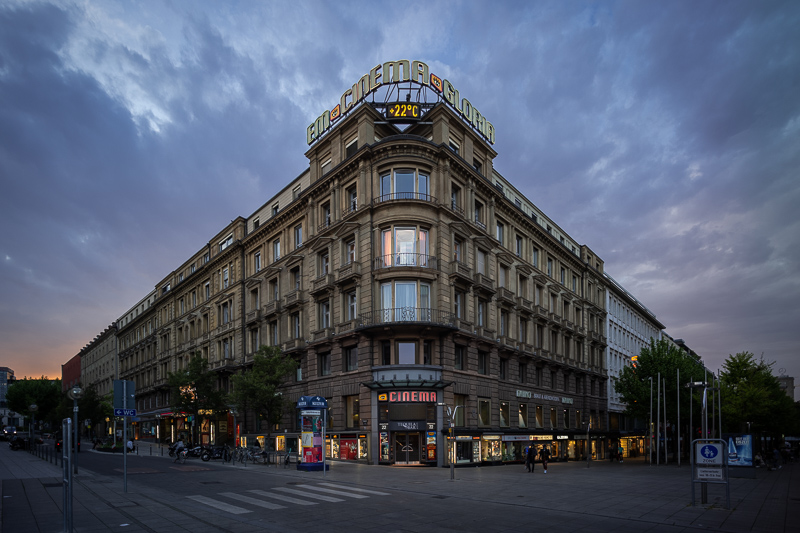

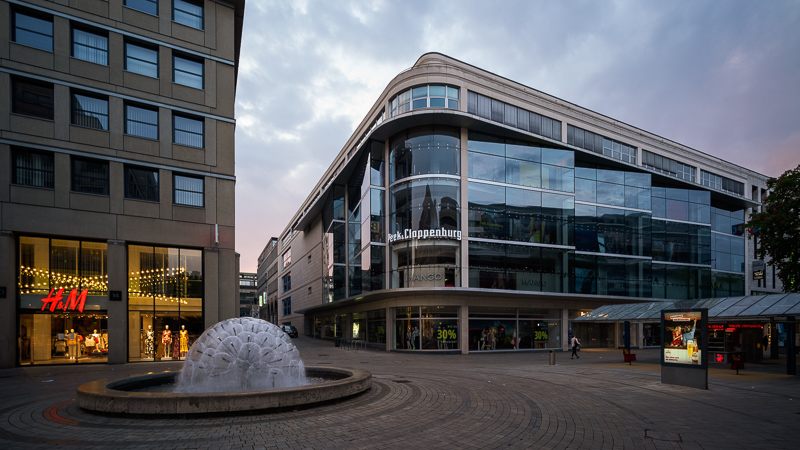
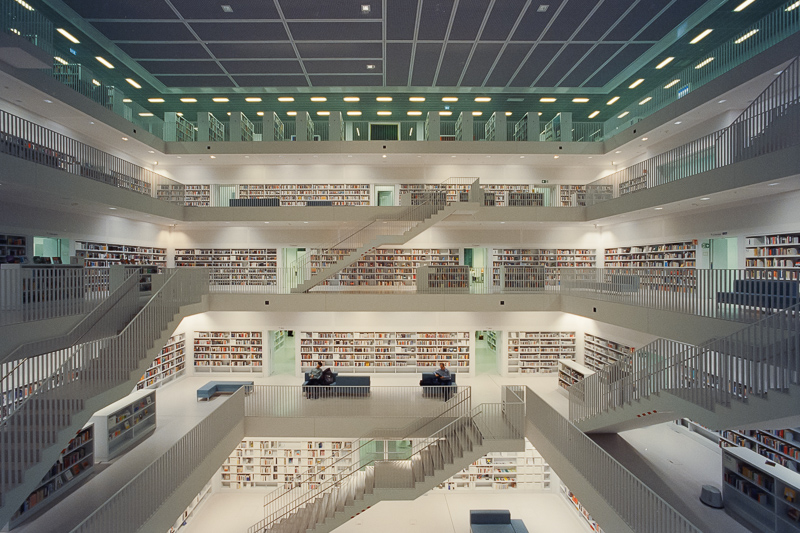

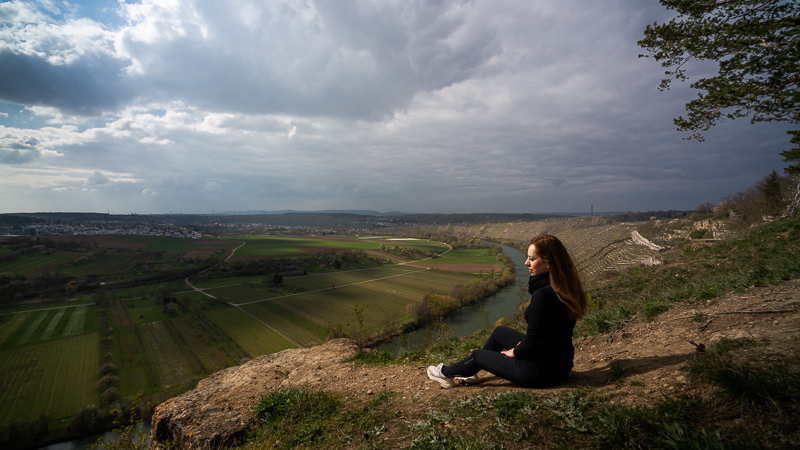
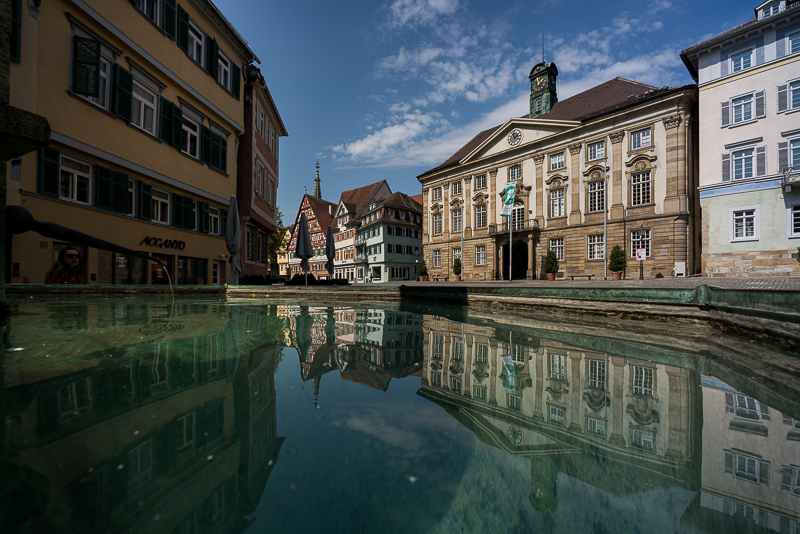
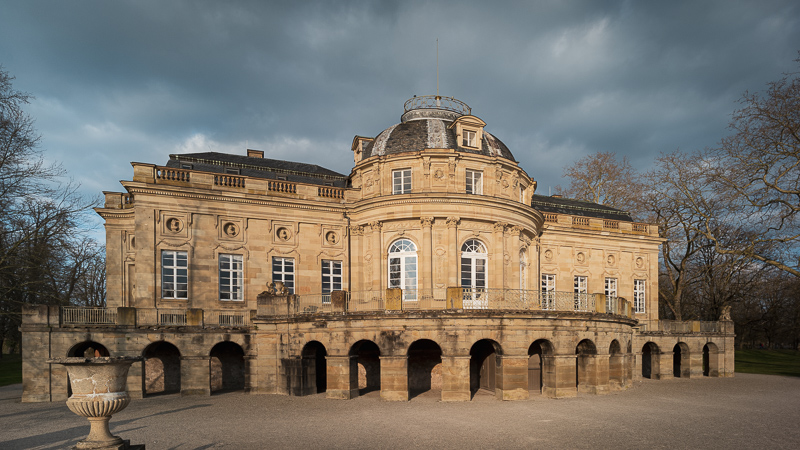
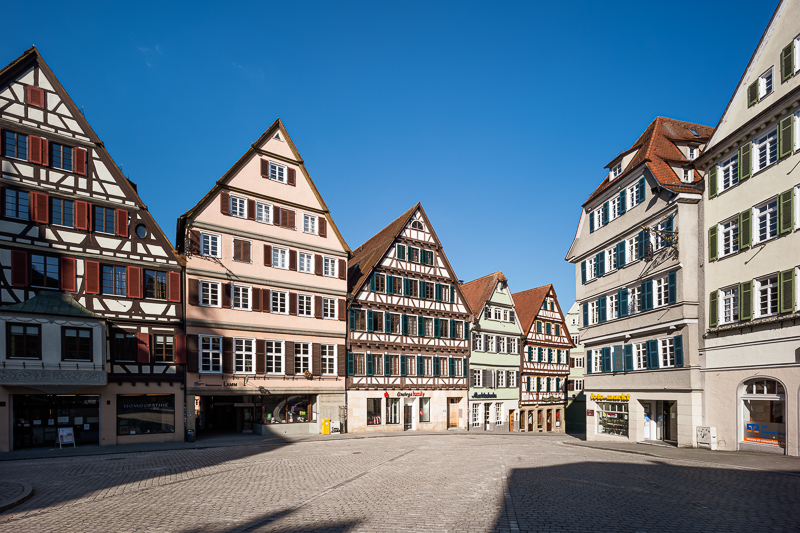

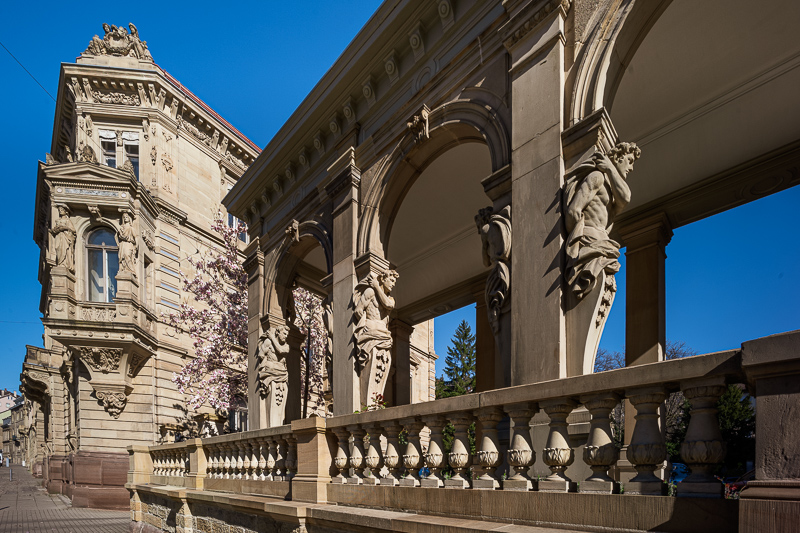
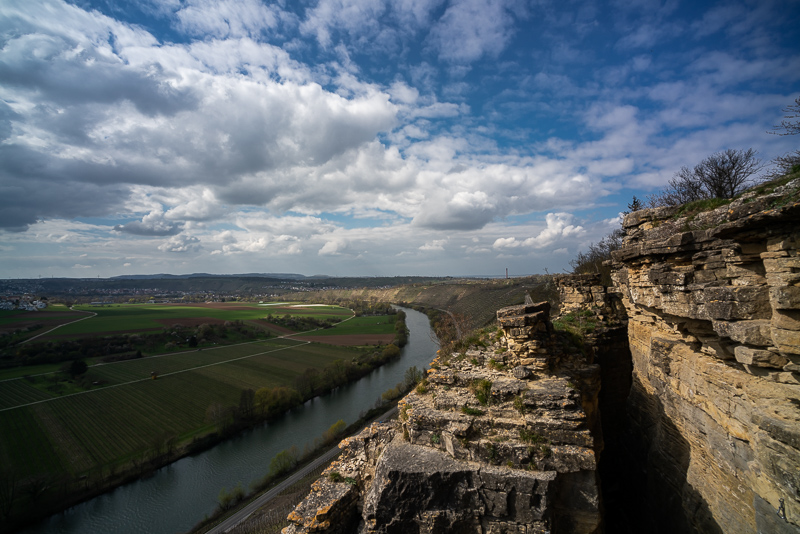

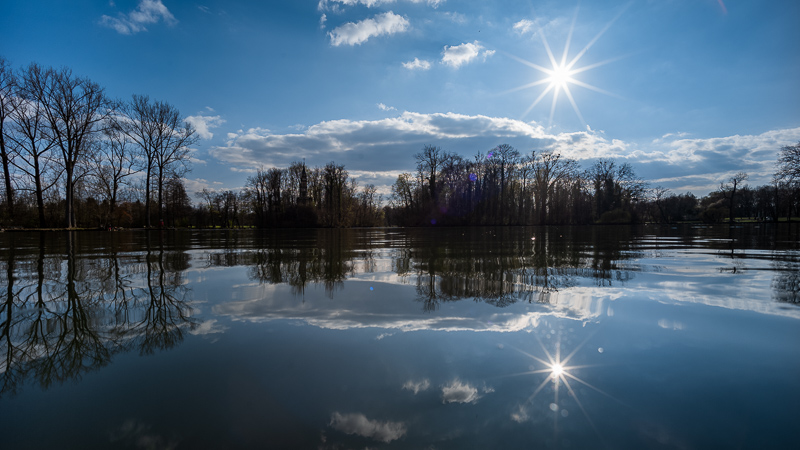
Most of the sample images in this review can be found in full resolution here.
Further Reading
- Sony FE lenses: Our comprehensive and independent guide
- Guide to the best 85-135mm Portrait Lenses for Sony a7 series
- 35mm comparison Leica, Zeiss, Voigtlander
- Review: Sony FE 24mm 1.4 GM
Support Us
Did you find this article useful or just liked reading it? Treat us to a coffee!
![]()
![]()
![]() via Paypal
via Paypal
Latest posts by BastianK (see all)
- Review: Canon EF 50mm 1.0 L USM – Still the world’s fastest AF lens - December 30, 2025
- Review: Nikon Nikkor 105mm 1.8 Ai-s - December 28, 2025
- 2025 – Year in Review - December 23, 2025
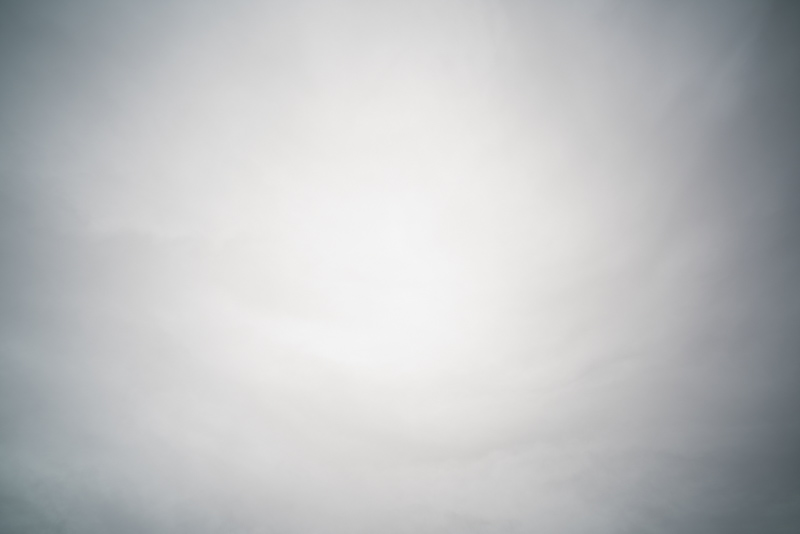
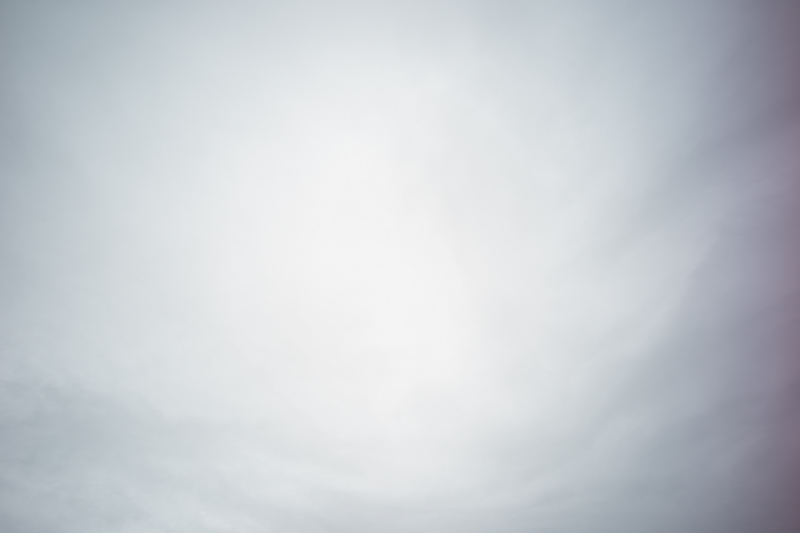



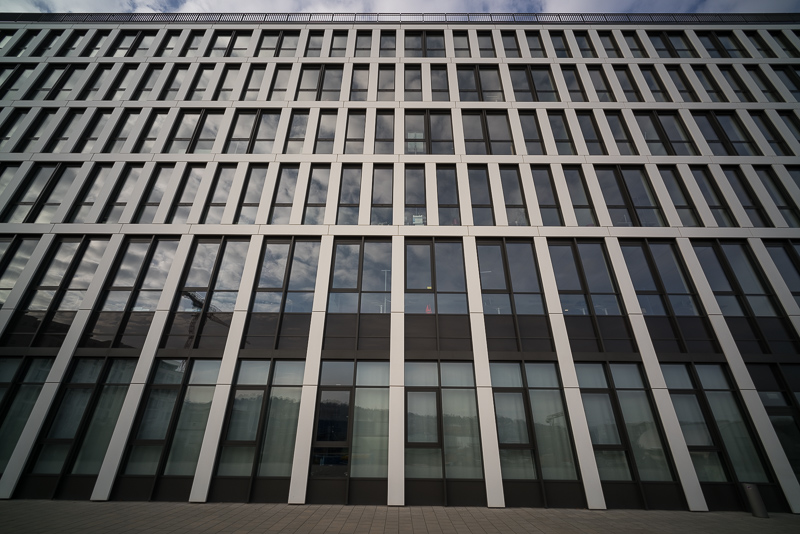
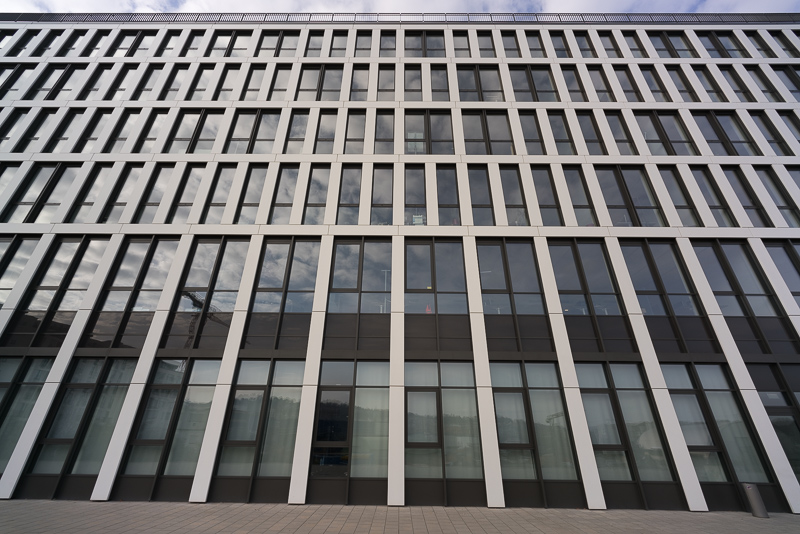
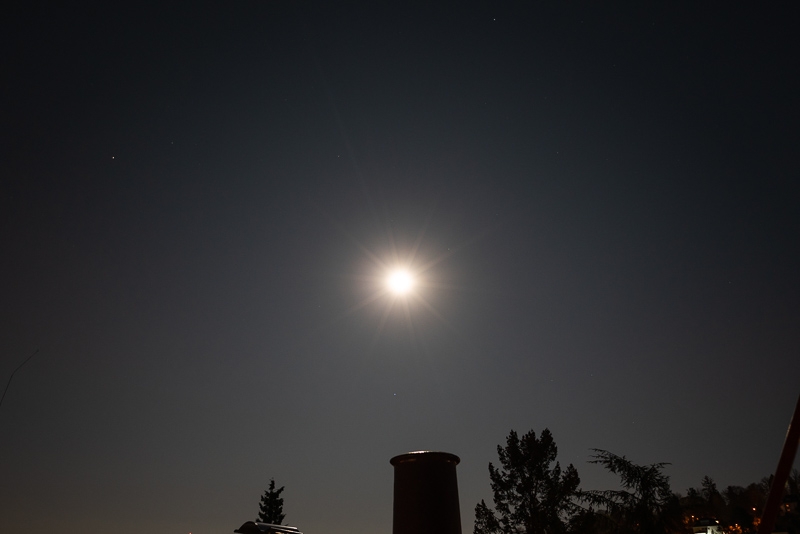
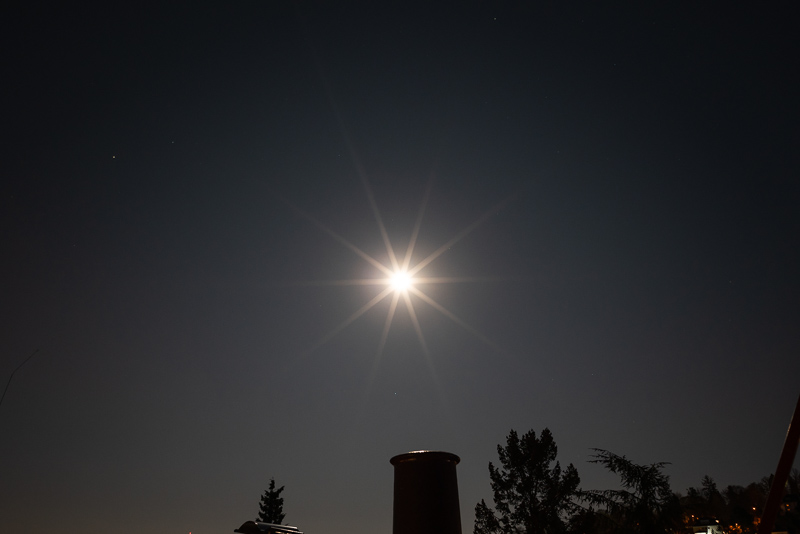
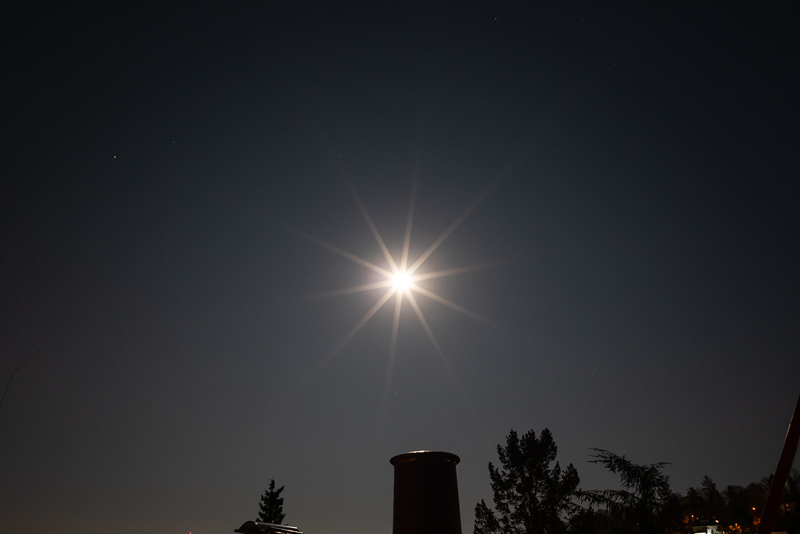
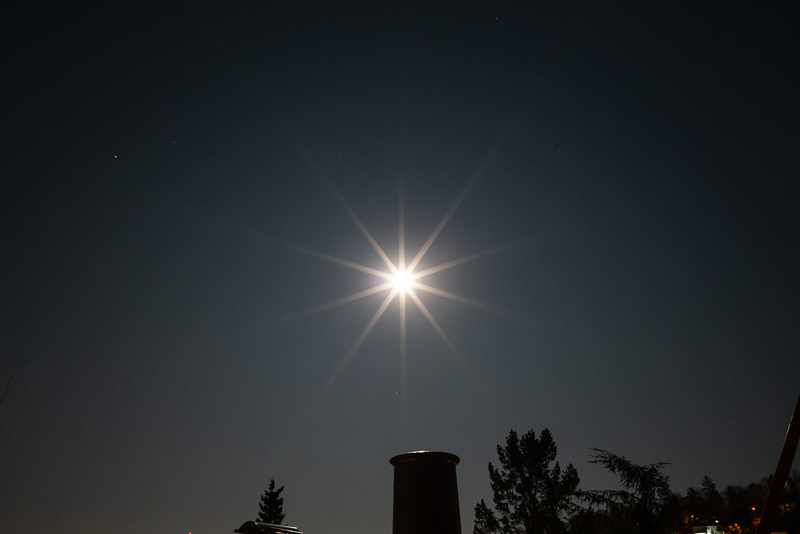
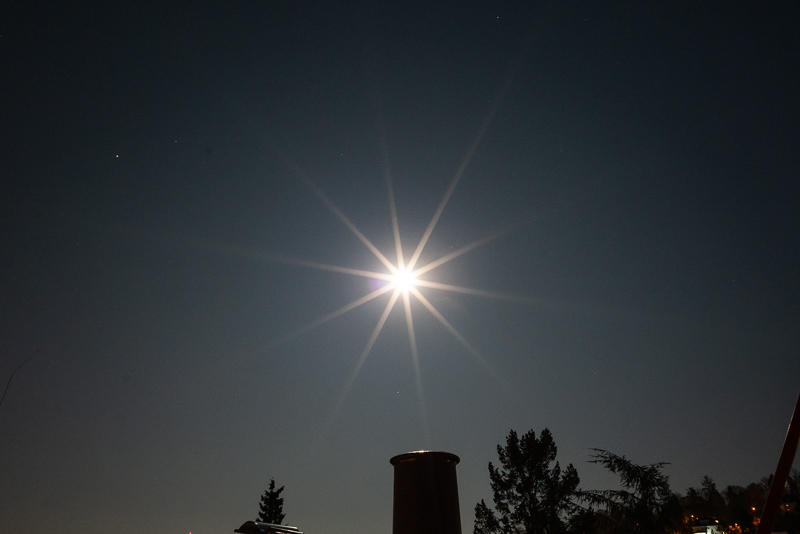



Great review as always Bastian! I actually considered this lens over the Mk III which is arriving today(!!!) for my Fuji X-T2. Voigtlander glass is so incredible in it’s capabilities for the size.
On another note, do you know anything about the Fuji’s filter stack? I’m struggling to find information online about it.
Seems to be around 2mm.
It is a funky little wonder (both L39 version and LM2).
I used it on a Sony Nex 5N and it was perfect as a street photography lens as the depth of field is so deep.
I can also see it is a challenging lens at the same time, even with a cropped sensor, colour cast crept up sometimes.
tbh, id rather use a ricoh gr with 20mm converter for that 22mm equiv
From a photography standpoint, what are your thoughts about ultra-wide angle lenses and compositions where the lens is tilted upwards? I’m finding that anytime I do this I end up with pics that I find look unrealistic because of the distortion and they end up in my throw away pile. It seems to me that pics with trees seem to really bring out that effect.
Are there techniques to get around this that you use?
I am not really a fan of converging lines and therefore usually try to avoid them.
When composing a shot (like some of the architecture shots in this review)
I already think about how I will tilt in post later and keep that in mind to have
enough area around my actual subject left.
This would be one such example before cropping.
I do like converging lines in rather abstract architecture shots where the camera is pointed upwards though.
Many examples of that are in this flickr album of mine.
Thank you! Your example shot makes a lot of sense and I will try the same techniques
Thanks for the review! With a 52mm filter size, this one would make an interesting kit with for example 7artisans 28mm 1.4 and Voigtlander 50mm 1.2.
Having a Leica sensor comparison in this one was very useful. Interesting the big difference sensor thickness can make. (Leica says they install micro-lenses in front of the sensor to help with corner performance, but who knows if that is mostly marketing speak.) The Nikon Z cameras also have a significantly thinner sensor cover glass than Sony A7 cameras, so I wonder how it would perform there.
I tried to find something on those micro lenses, pretty much impossible. So I also wonder…
Any significant improvement for Sony A7rii with the Kolari thin sensor filter mod? Would the results on the Sony be similar to the Leica?
In terms of sharpness would be the same, yes. Color cast significantly better than on the Leica though.
Great review!
I have a mkII and use it on Bessa T, Bessa R2 and Sony A7ii cameras, but it spends the majority of its life attached to the Bessa T – makes such a compact landscape package to get crazy-wide shots.
I find the permanent hood a little frustrating, but have found an extra thin 52mm ND filter (thanks ebay!) that only causes a hint of additional vignetting when attached for long exposures.
Thanks for this helpful review. After reading you always drive me to grab again one of my older lenses out of the closet back to real life. In this case the first Voigtlander 15mm 4.5 SWH (M39). I once bought it used together with a Voigtländer Bessa L for a bargain. The Bessa still looks like new, but the lens got heavy used on my first A7. It was always in my bag because of it’s tiny size. The quality of this little lens is impressive but you have to remove a lot of purple in the corners.
As you can see the later A7 models perform significantly better in terms of color cast,
but I mainly bought it to be used with the Leica M10 (where color cast is worse again, but still easy enough to correct).
I also send it to a guy to shave off the hood, I will update the review later with pictures of the modified lens.
Thanks for the review!
I am interested in the hood removal. Which shop is doing it in the EU?
Thanks in advance!
This guy. But he is not yet sure if he can do MK II because it is so small. MK III is not a problem though.
Hello,
I had the hood removal on my MK III for Sony E and I´ve got it back today from 360pano.de.
Tobias (360pano.de) did a great job and I´m looking forward to use square filters with it.
I´ve seen your (Bastian) post on facebook and I´m interested in what kind of paint you use to paint the ring black or did you use an Edding to darken it?
Thanks in advance!
I tried 3 different kinds and the best fit was some car paint repairpen, can post a picture later.
Edit: this is the one I was using.
i will love to see how the two tri elmar work on sony a7r iii and R IV performs against a m10. any chance you will one day review them?
best,
I am very interested in the WATE despite its mechanical shortcomings. Not sure anyone will send me one for a review though…
I’ve the M39 version, and i’m experimenting some shooting with A7ii body. Lot of magenta cast in the corners, but is possible to remove it with flatfield correction tool. However i’ve noticed an interesting fact about corner performance: in my copy the right corner seem to be worse than left when focusing on infinite. At F 4.5, focusing on the right corner cause the center and the right corner to be out of focus…
Working with depth of field, i found that focusing at about 1,5 m there is a compromise between center and both corner. I wonder if my copy is defective.
hopefully got a side by side comparison with vision III, for a slow SUW landscape lens, a complementary focal lens, its almost half size and weight is really attractive!
i got vision III before, but for a complementary slow lens, 300 grams is even a little bit heavier than my hiking main force 21mm F2.8 primes. but occasionally i really need a SUW lens to make time lapse (witch not need super sharp images)
by the way , its aperture seems like can not fully wide open. probably it can be modify to a F2.8 :), like the vitrox 85 F1.8.
how it performs compare with vision III at f8-11 on sony ?
center sharpness i guess almost same.
corner probably lose, how about the most of frame.
Hello Bastian,
I have a Voigtländer Heliar 15mm for E- Mount and am considering removing the hood in order to be able to use a plug-in filtersystem. Currently I use the 58mm lens thread with screw filters. One does not lead to vignetting, but with two it gets quite dark in the corners.
There shouldn’t be any vignetting with a 100mm plug-in filter system. Can you say wether this also works with a 75mm filter system (e.g. NiSi)? A 75mm plug in filter system would be significantly smaller, lighter and cheaper than a 100mm system.
Best regards
Oliver
P.S.: Thank you for your noumerous and good lens tests, it is always a pleasure to read them.
Hello Oliver,
I used the E-mount version (removed hood) with the even smaller Nisi 70mm filter-system. Built-in CPL and two other filters without vignetting. The more common Nisi 75mm of course works fine as well.
Mine is on sale at the moment, so you can have a look at the pictures in the following link:
https://www.ebay-kleinanzeigen.de/s-anzeige/voigtlaender-15mm-sony-e-mount-rasiert-nisi-70mm-filtersystem/2207491676-245-9597?utm_source=copyToPasteboard&utm_campaign=socialbuttons&utm_medium=social&utm_content=app_ios
Thanks for the review Bastian! Could you go a bit more into how you use LR gradient to fix the corner color cast? How do you determine the hue and intensity of the gradient to offset the color cast?
I might write an article on that 🙂
Awesome. Thanks!
Really helpful article , am dithering about purchase of the 15mm and this helped , so thank you for all that work. Oh and since you asked think I am heading for the Verion ll to be used on Leica , film and digital. Cheers Adam
Hola Bastian, consulta: El Voigtlander 15mm f:4,5 II usado en Sony Aps-c produce mancha de color en los bordes.? , ya que solo usa porción central.
Gracias.
On the Nex 7 sensor there will most likely be color cast as well, not sure about the newer APS-C models.
The 2nd version lens works perfectly on the M11. No color distortion. One of my favorite focal lengths. Street scenes and portraits are very impressive.
The M11 uses a Sony sensor without the weird issues of the sensors in M8 to M10.